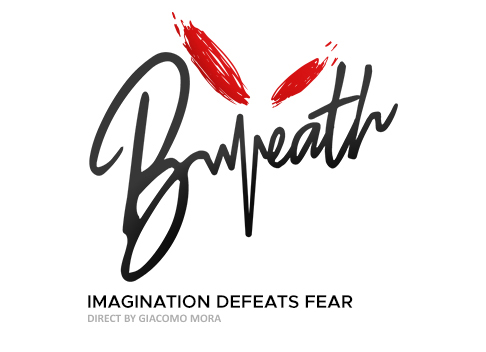Our film is not only the story of his dramatic tale, but it is the turning point, a boost, the discovery of the beginning of his new life, the one in which he found the strength to overcome his greatest fear.
Fear is a feeling that slows down our path, finding courage to go forward is often too difficult, but by not engaging in this research, we slowly die day by day.
BREATH is a breath to life that we too often take for granted, a whisper in our ear that tells us to go ahead and face problems with courage just as Francesco did.
We are working hard to succeed through our short film to stimulate our way of thinking, rediscover ourselves and put aside all superfluous things that infect us every day, to give space to the emotions that really matter.

